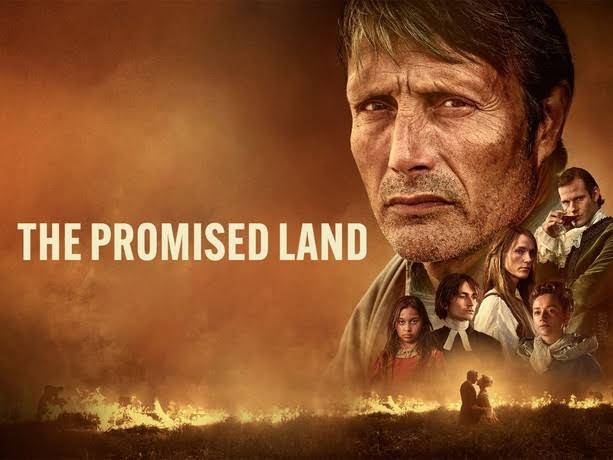
“The Platform 2,” a sequel to the 2019 Spanish sci-fi thriller The Platform, delves deeper into the dystopian world where a vertical prison, the “Vertical Self-Management Center,” challenges human morality, class struggle, and survival instincts. The sequel continues to explore themes of greed, hierarchy, and the human condition, but with new layers of complexity and a broader scope.
Where the original film focused on individual survival within a confined, cruel system, the sequel takes a more expansive look at how collective action and rebellion might challenge oppressive systems.
The Platform 2 Trailer:
Plot Overview
The film picks up after the ambiguous ending of The Platform, with new characters entering the prison system and attempting to navigate the brutal structure. The central concept remains the same: prisoners are placed on various levels, and a platform of food descends from the top, providing sustenance.
Those on the higher levels consume as much as they want, while those on the lower levels must survive on whatever remains. In The Platform 2, however, we see more organized efforts to resist the system, with characters attempting to communicate with each other across levels and spark a movement for change.
Themes
- Social Inequality and Class Struggle: As with the original, The Platform 2 is a metaphor for class division. The rich and privileged (those on higher levels) take more than they need, while the poor and underprivileged (those on lower levels) are left to starve. The film offers a stark critique of capitalism, consumerism, and wealth disparity, illustrating the ways in which an unequal system perpetuates itself. However, in this sequel, the focus shifts slightly toward the idea of resistance and the possibility of solidarity among the oppressed.
- The Nature of Power and Control: The Platform 2 expands its exploration of power dynamics, not just between the prison and the prisoners but also within the prisoners themselves. In a hierarchical system, those who gain power often become the very oppressors they once resented. The film questions whether true equality is possible in such a rigid, top-down structure, or whether those at the top will always find ways to exploit those below them. The sequel goes beyond individual selfishness and explores how power, once attained, corrupts even those who initially seem virtuous.
- Morality and Ethics in Survival: As in the first film, the moral dilemmas faced by the characters are central to The Platform 2. The harsh environment forces people to confront impossible choices, testing their compassion and humanity. The sequel deepens these questions by introducing new survival strategies and collective bargaining, asking whether it is possible to maintain one’s ethics in a system that pits individuals against each other. Can cooperation and empathy overcome the brutal competition enforced by the structure, or are people doomed to succumb to their basest instincts?
- Hope and Rebellion: Where The Platform ended on a note of ambiguity, The Platform 2 offers a glimmer of hope, though it remains cautious. The characters’ attempts to break free from the system and organize a rebellion are fraught with difficulty, but their collective efforts suggest that resistance is possible. The sequel emphasizes that systemic change requires more than individual action—it necessitates solidarity, sacrifice, and a shared vision for a better future. Whether or not the rebellion succeeds is left ambiguous, but the film makes clear that without collective action, the cycle of oppression will continue.
Character Development
In The Platform 2, the characters are more fleshed out, representing different societal roles and responses to oppression. We encounter leaders, martyrs, opportunists, and those who seek to manipulate the system for personal gain.
The dynamic between the characters is more complex than in the original, as alliances are formed, betrayals occur, and the characters grapple with how best to fight against the system. The sequel’s more diverse cast also brings in perspectives on race, gender, and cultural identity, adding richness to the film’s critique of societal hierarchies.
Visual and Cinematic Elements: Visually, The Platform 2 retains the stark, minimalist style of the first film, emphasizing the coldness and brutality of the prison environment. The claustrophobic set design enhances the sense of entrapment, while the cinematography often highlights the verticality of the prison, reinforcing the themes of hierarchy and division.
The platform itself becomes a recurring symbol of both opportunity and despair, with its slow descent serving as a constant reminder of the system’s indifference to human suffering. The film’s use of sound—echoing voices, mechanical noises, and unsettling silences—creates an atmosphere of tension and unease that keeps the audience on edge.
Social Commentary
The Platform 2 is an unabashed critique of how societies allocate resources and the extent to which individuals can enact change within oppressive systems. It points to the ways in which privilege blinds those at the top to the suffering of those below them, while also acknowledging the difficulties in organizing meaningful resistance.
The sequel’s focus on rebellion adds a layer of hope, but it also suggests that such efforts are fraught with challenges, and systemic change requires more than just good intentions.
Conclusion
While The Platform 2 builds on the foundation of the original, it expands its thematic scope to explore the possibility of collective action against systemic oppression. It is a grim but thought-provoking film that challenges viewers to reflect on their own position within societal hierarchies and the responsibilities they bear toward others. The film leaves audiences with the uncomfortable question: In a world designed to perpetuate inequality, can true justice ever be achieved, or are we all just fighting for a better spot on the platform?
Overall, The Platform 2 succeeds in continuing the conversation started by its predecessor, offering both a deeper critique of social structures and a glimmer of hope for those who dare to challenge them.




